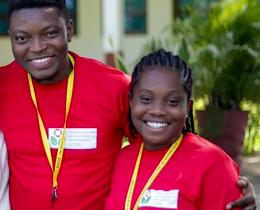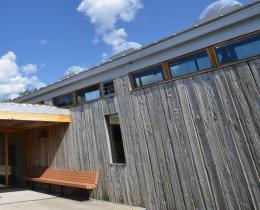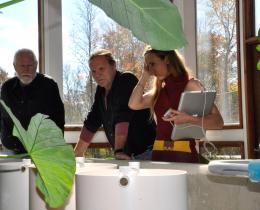When you attend a United Nations climate conference, the urgency of the problem and the cross-cutting nature of climate change is on display.
One by one, the participants at the United Nations Climate Change Conference in Bonn, Germany, made it clear that every nation, political system, spiritual community, economic stratum, and way of life is being affected by climate change right now—and that the impacts will become more profound.
That is the stark reality.
What also becomes evident is that there is a way forward, one that will require top-down, bottom-up, and most importantly, middle-out strategies. More on that later.
I attended the Bonn conference as part of the coordinating team for the Education, Communication, and Outreach Stakeholders (ECOS) Community. ECOS is officially recognized by the Secretariat of the United Nations Framework Convention on Climate Change (UNFCCC) and is open to all individuals and organizations that want to help build capacity around climate education, communication, and outreach.
The ECOS mission aligns with the work the Omega Center for Sustainable Living (OCSL) began at our 2018 Drawdown Learn event and carries through as we work with partners and presenters to plan the second, expanded Drawdown Learn conference in October. Both ECOS and Drawdown Learn are aligned with a critical part of the Paris Agreement that does not get enough attention: Action for Climate Empowerment (ACE). ACE seeks to empower climate solutions through education, training, public awareness and participation, access to information, and international cooperation.
Yes, there is a need for top-down leadership. We need governments and regulators to set emissions goals and define standards. There is also a growing need for bottom-up or grassroots movements, especially in places where national strategies may be undermined by governments that are not prioritizing them.
But now more than ever, there is a tremendous opportunity for organizations with capacity to serve as connective tissue between the governments and the grassroots. Using a middle-out approach, organizations such as the OCSL or the Drawdown Scholars program at Penn State can catalyze and connect top-down leadership with individuals and groups on the ground.



